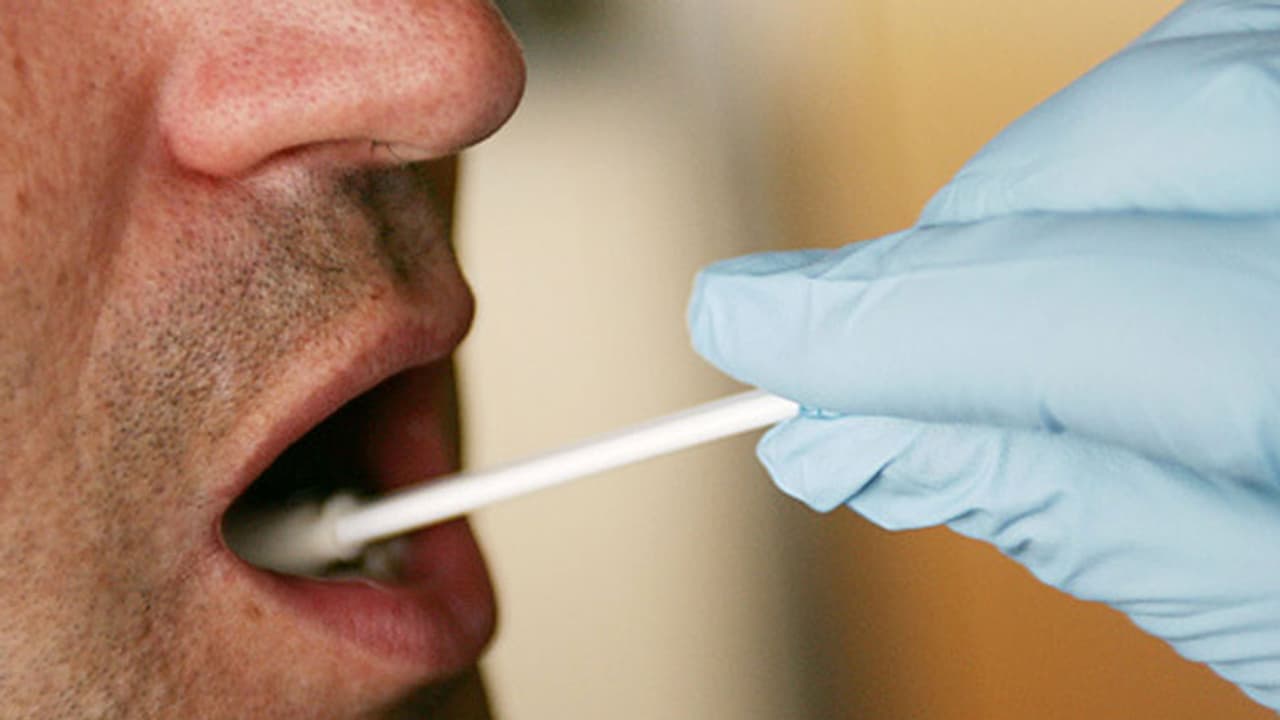The battery has competitive advantages over other conventional power solutions. The freeze-drying technology enables long-term storage of cells without degradation or denaturation. On-demand micro-power generation is required especially for POC diagnostic applications in developing countries.
Scientists have developed a new high-performance, paper-based battery powered by saliva that can be used in extreme conditions where normal batteries do not function.

Researchers from Binghamton University in the US created the battery by building microbial fuel cells with inactive, freeze-dried cells which generate power within minutes of adding saliva. The battery generated reliable power from one drop of saliva, supplying on-board power that could be used by the next generation of disposable, paper-based Point of Care (POC) diagnostic platforms, researchers said.
The battery has competitive advantages over other conventional power solutions because the biological fluid for on-demand battery activation is readily available even in the most resource-constrained settings. "The freeze-drying technology enables long-term storage of cells without degradation or denaturation. On-demand micro-power generation is required especially for POC diagnostic applications in developing countries," said Seokheun Choi, professor at Binghamton University.
"Typically, those applications require only several tens of microwatt-level power for several minutes, but commercial batteries or other energy harvesting technologies are too expensive and over-qualified. Also, they pose environmental pollution issues," Choi said.
Researchers are now focusing on improving the battery's power density so that more applications can be powered. "Now, our power density is about a few microwatts per centimetre square," said Choi.
"Although 16 microbial fuel cells connected in a series on a single sheet of paper generated desired values of electrical current and voltage to power a light-emitting diode (LED), further power improvement is required for other electronic applications demanding hundreds of milliwatts of energy," he said. The research was published in the journal Advanced Materials Technologies.
